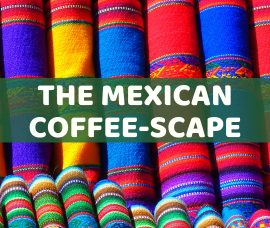The Philippines: Rich History and Evolving Culture of Coffee
The tale of coffee in the Philippines is a history packed with ups and downs. In 1740, the first coffee tree to be introduced by Spanish colonizers thrived at Lipa, Batangas. This event marked the beginning of a bustling industry that would cause the Philippines to become one of the largest producers of coffee by the 1960’s. At this time, Philippine coffee was ubiquitous in European cafes, being bought at high prices and ensuring prosperity for some people in Lipa—popularly dubbed as “Paris on a Country Level.”

However, the late 19th century brought significant setbacks. The coffee rust disease of the 1890s decimated crops, nearly wiping out the industry. Compounding the issue was the shift of colonial power from Spain to the United States, which led to a decline in coffee’s prominence within the Philippine agricultural landscape.
Recovery began in the mid-20th century with government initiatives to promote coffee production. Yet, it wasn’t until the late 20th and early 21st centuries that coffee regained its status as a focal point of agricultural and economic development in the country.
Some of today’s coffee trends in the Philippines
Today, the coffee culture in the Philippines is marked by several vibrant trends. Urban consumers are increasingly opting for higher-quality coffee, a shift known as premiumization. According to a 2023 Nielsen Philippines survey, 35% of coffee drinkers in metropolitan areas are willing to pay more for premium options, reflecting a growing demand for superior coffee experiences.
The specialty coffee market is also experiencing significant growth. From 2020 to 2023, there has been a 40% increase in specialty coffee shops across major cities, as reported by the Specialty Coffee Association of the Philippines. This boom indicates a rising appreciation for unique and carefully crafted coffee varieties among Filipino consumers.
In addition, there is a notable preference for local origins. A 2023 study by the Department of Trade and Industry found that 60% of urban coffee drinkers are interested in trying single-origin coffees from different regions within the Philippines. This trend highlights a burgeoning pride in local produce and a desire to explore the diverse flavors that the country has to offer.
The market for ready-to-drink (RTD) coffee is also on the rise. In 2022, sales in this segment saw a 15% year-on-year increase, suggesting that convenience and on-the-go consumption are becoming more popular among coffee enthusiasts in the Philippines.
Ready to enter the Philippine coffee market?
Get 10 essential points you need to know for entering the Philippine coffee market and succeeding.



